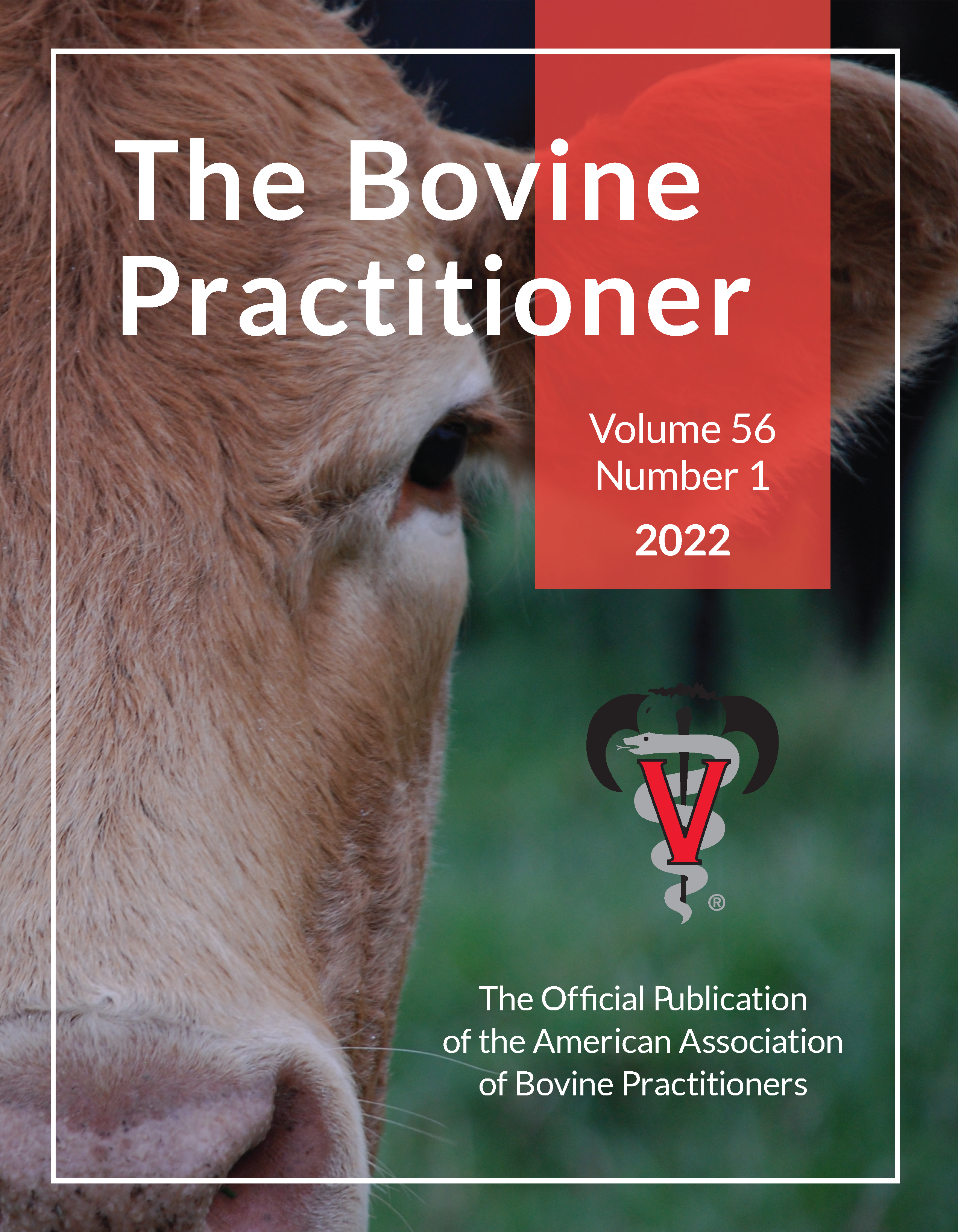An evaluation of arrival metaphylaxis with enrofloxacin compared to tulathromycin in feedlot cattle at high risk of developing bovine respiratory disease in Mexico
DOI:
https://doi.org/10.21423/bovine-vol56no1p53-59Keywords:
Baytril Max formula L.A., Draxxin, shipping fever, flouroquinolone, beefAbstract
In this large-pen commercial field trial, mixed beef-breed bulls and heifers were randomly allocated at feedlot arrival to 1 of 2 experimental groups: ENRO or TULA. Animals in the ENRO group (10 multi-pen lots; 2037 animals) received a subcutaneous injection of enrofloxacin at a dosage of 3.4 mg/lb (7.5 mg/kg) body weight once at allocation. Animals in the TULA group (10 multi-pen lots; 2036 animals) received a subcutaneous injection of tulathromycin at a dosage of 1.1 mg/lb (2.5 mg/kg) body weight once at allocation. Study animals were housed by experimental group in commercial feedlot pens and followed from allocation until slaughter. There were no statistical differences detected in any of the animal health or feedlot performance outcome variables between the experimental groups at the P < 0.050 level. Given the lack of detectable statistical differences in animal health and feedlot performance outcome variables in the current study, the relative cost effectiveness of metaphylaxis programs utilizing enrofloxacin or tulathromycin in mixed beef-breed bulls and heifers at high risk of developing bovine respiratory disease should be dependent on the relative cost of each program, as well as any intangible attributes such as syringability, storage requirements, potential for antimicrobial resistance, etc.






